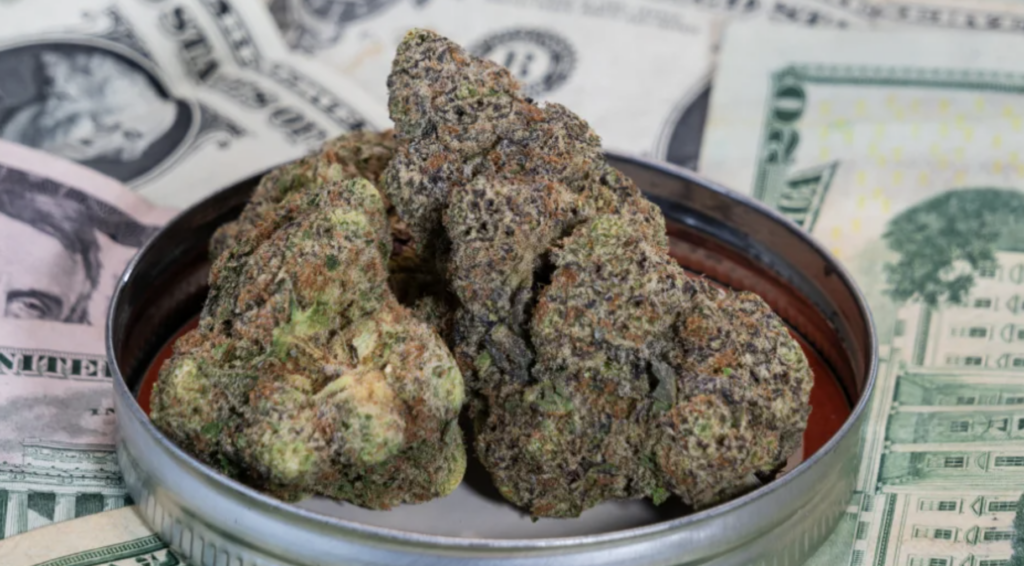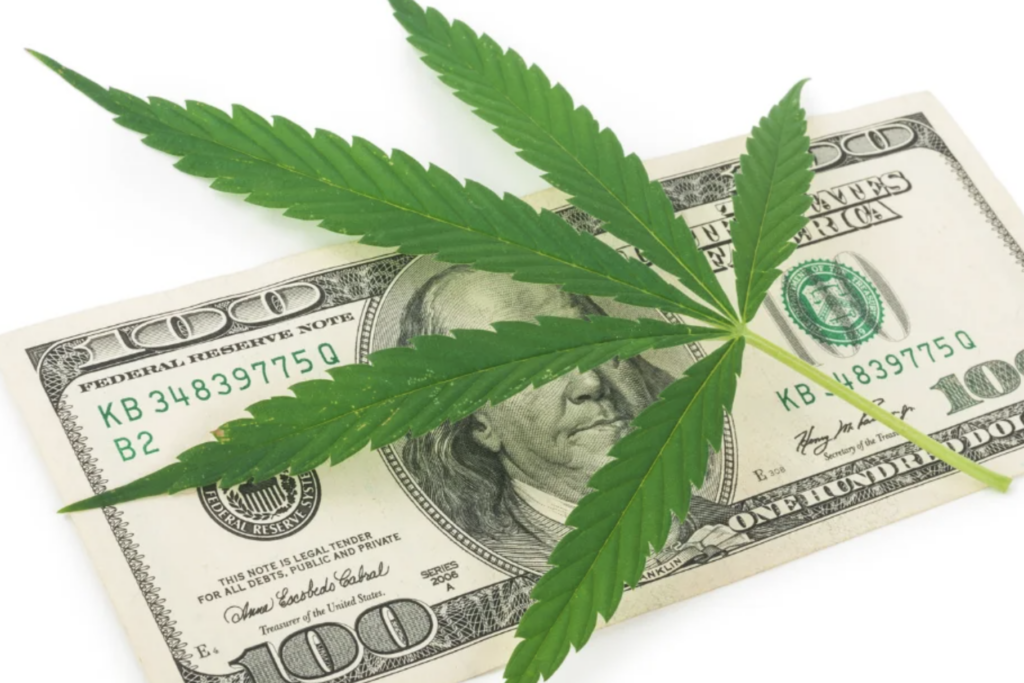
Everything seems to cost more lately. On top of that, we seem to be getting less of everything we’re paying more for. These days the cost of living is through the roof. A combination of factors has contributed to inflation around the world. This inflation affects the daily lives of people everywhere.
Here in the United States, inflation is no stranger. America is paying more for products they use, and these products are getting smaller in the process. In an effort to help ease consumer buying remorse, some companies have reduced the size of their products while keeping them at the same price. People feel like they’re paying the same when in reality, they’re just getting less of what they normally would, in essence, meaning they are paying more for it.
Covid-19 changed the way the world ran. The United States experienced supply chain interruptions along with countless other setbacks that led to today’s inflation. The cost of utilities has increased because of extreme weather. The cost of grains and vegetables also increased because of extreme weather. Harsh winter months strained livestock, and exuberantly hot summertime droughts have affected crops across the country. Covid-19 affected how products were transported across the nation, greatly impacting the trucking industry.
America experienced a shortage of workers, a global pandemic, a nationwide shutdown, extreme weather, and on top of all of that, let’s not forget about politicians, lawmakers, and elected representatives looking to help fix state deficits of misappropriated funds through cannabis legalization and taxation. This is causing cannabis prices to fluctuate greatly for wholesale yet retail prices remain relatively high, and unfortunately, in most markets, what’s really high are the prices patients and consumers are paying.
A Medicine Not Covered By Insurance
Many people believe that medical cannabis should be covered by insurance. After all, just look at how popular medical cannabis has become. As of December 22nd, 2020, it’s estimated there were more than 3.6 million state-legal medical cannabis card holders in America. This might seem like a large number, but it is minute in comparison to the amount of legal prescription drug holders in the United States.
One of the most heavily prescribed prescription medications in the United States of America is atorvastatin, also known as Statin. This prescription drug is prescribed to help reduce the risk of stroke and heart attack and to treat triglyceride and cholesterol levels. Common side effects from this prescription drug are nausea, sore throat, cold-like symptoms, diarrhea, constipation, flatulence, headaches, and nosebleeds.
If you have access to medical cannabis, it can help with all of this except for the farting. Cannabis is not known to help reduce flatulence. It is also not known to increase flatulence. But thankfully, cannabis is known to help reduce the symptoms of nausea, headaches, diarrhea, and more, meaning it could prove very helpful as an aid to relieve side effects from one of the most heavily prescribed prescription drugs in the United States of America.
If cannabis were to be covered by insurance such as atorvastatin, we might see it be more affordable for medical cannabis patients across the nation. Cannabis can be very expensive. People often hear about cheap cannabis running $5 a gram or $50 ounces. More often than not, though, patients find this cannabis to be of extremely poor quality. It lacks terpenes meaning it has no flavor; it lacks potency meaning the cannabinoid profile is weak, and that means you have to consume more of it, making low-grade cannabis cost even more. High-grade cannabis or top-shelf cannabis can break the bank. In many states with legal cannabis, top-shelf or high-quality cannabis will set you back $300 to $500 an ounce or more. Single joints can sell for anywhere between $15 to $30 a piece or higher! Different states have different price ranges for medical cannabis.

Check Out the Average Price of Medical Cannabis in These States
Medical cannabis costs vary from state to state. The cost of cannabis not only depends on what state you’re buying it in and where you’re buying it from, but it also greatly depends on the quality of medical cannabis you’re purchasing. Here are the average prices per ounce of mid-grade medical cannabis in a few states.
- California- $207
- New York- $271
- Pennsylvania- $287
- Missouri- $272
- Oklahoma- $266
- Ohio- $235
- Illinois- $297
- Nevada- $234
- Virginia- $311
Not everyone buys their medical cannabis by the ounce. Many medical cannabis patients enjoy the ease and convenience of cannabis pre-rolls. The prices per single joint from state to state also differ, just like ounce prices.
- California- $5.97
- New York- $8.33
- Pennsylvania- $7.69
- Missouri- $8.25
- Oklahoma- $8.02
- Ohio- $7.74
- Illinois- $8.23
- Nevada- $6.29
- Virginia- $8.49
These are just some of the average prices to help give you an idea of the different costs associated with cannabis in varying states. In almost all of these states, you will be able to find some extremely cheap cannabis as well as some very expensive cannabis. In Oklahoma, a top-shelf ounce of premium cannabis runs an average of between $280 to $360. You can find deals on small flower ounces ranging between $50 to $100 an ounce. Budget weed can be found for about $39 an ounce. However, that $39 an ounce bud isn’t exactly the best. In many instances, it’s comparable to poor-quality prohibition swag. However, at $40 an ounce, it beats the $40 a quarter many people had to endure paying during times of cannabis prohibition. Cannabis, even high-quality cannabis, can be affordable, though. Growing cannabis at home is the best way to get the best of both worlds, being quality and affordability. As an example, growing at home, most growers are able to produce quality cannabis for just under $1 per gram.
Final Thoughts
The cost of medical cannabis is expensive if you ask most medical cannabis patients. This is a medicine that is not covered by insurance as of yet. Could you imagine how much medical cannabis sales could increase in the United States if current federal cannabis scheduling were changed and insurance companies started covering the costs of medical cannabis for medical marijuana patients? This could be a reality in the not-too-distant future. In the meantime, medical marijuana patients will have to hunker down and bite the bullet on the high cost of getting by adjusting and adapting their lives in order to afford their medical cannabis supplies.
Disclaimer: The information, including but not limited to, text, graphics, images and other material contained in this article is for informational purposes only. No material from this article is intended to be a substitute for professional medical advice, diagnosis, or treatment. Always seek the advice of your physician or other qualified health care provider with any questions you may have regarding a medical condition or treatment before undertaking a new health care regimen. Never disregard professional medical advice or delay in seeking it because of something you have read on this website.
